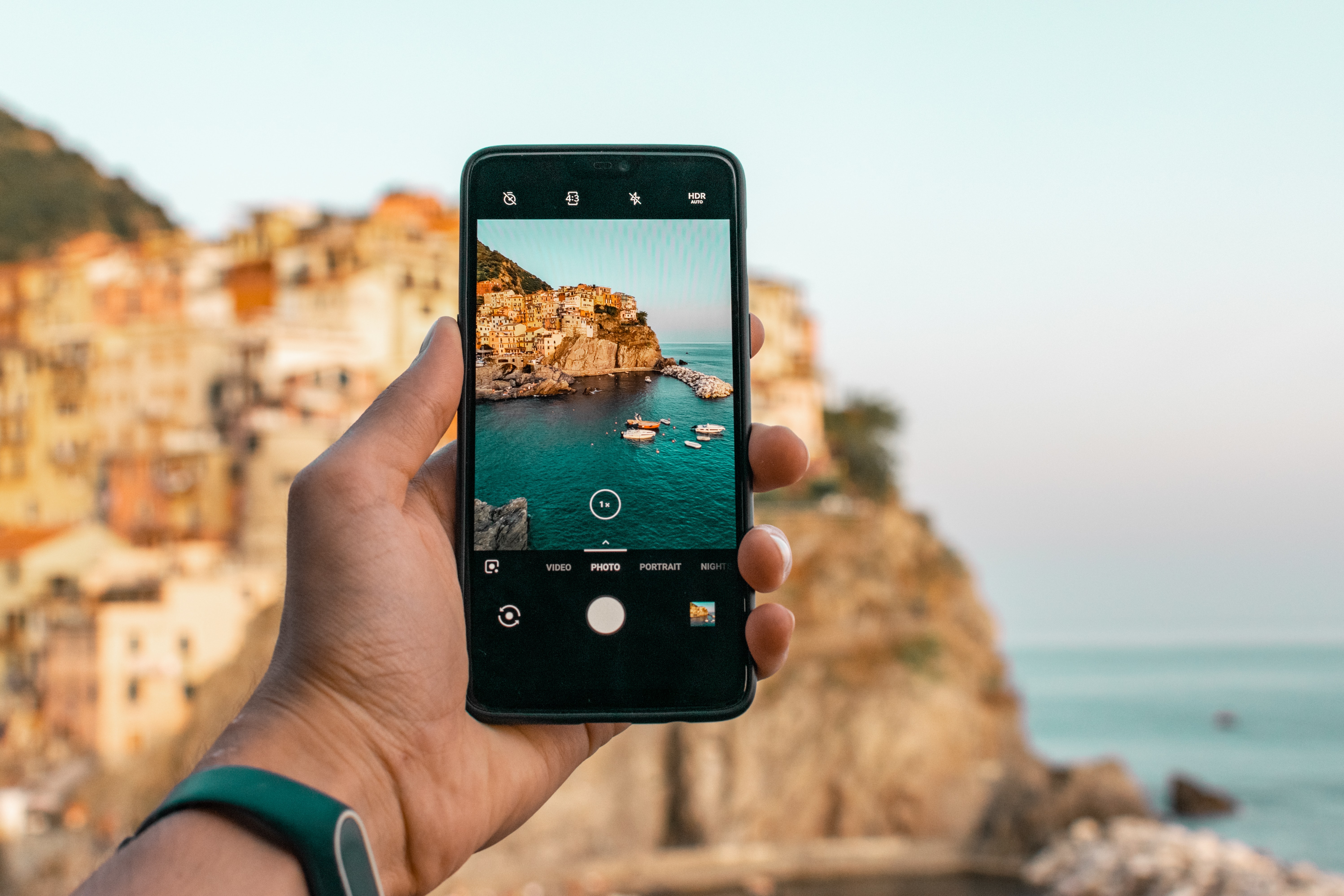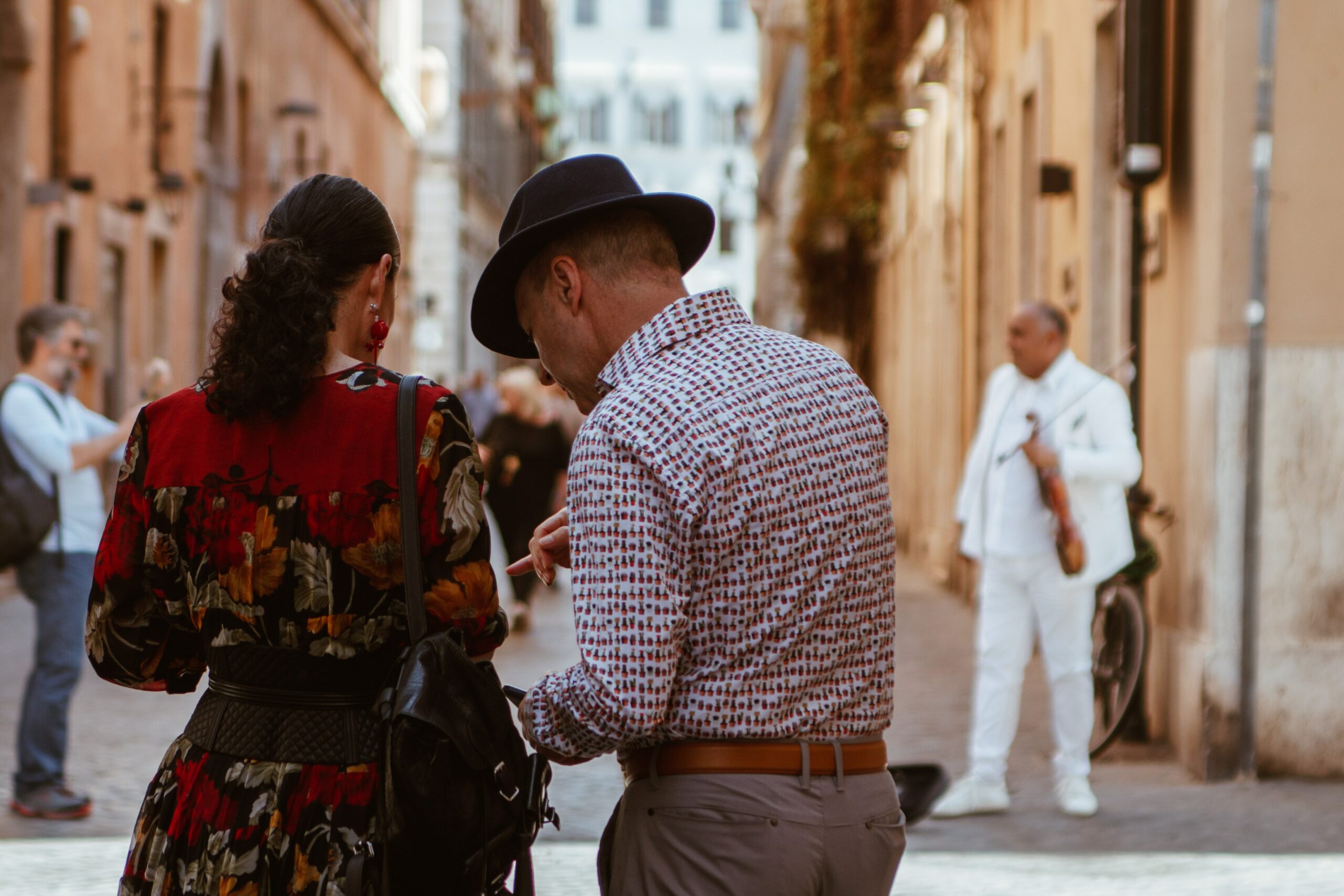Continuing on with this week’s theme of travel documentation, here are the best recommendations for travel cameras, from Lisa Knight, a travel photographer who is part of the Wild Bum community.
I don’t like describing myself as a travel photographer, but my two passions in life are travel and photography, so I guess the description is somewhat suitable. I discovered both travel and photography when I was 27, burnt out after a career in law, and decided on a whim to move to Japan. For the first few months in Japan I was lonely, so I took my old camera out sightseeing with me to give me something to do. Within nine months I was holding my very own exhibition in Tokyo.
But.. that’s all a big story for another day!
Since 2017, photography progressed from a hobby to my ikigai, my reason for being. I am obsessed with photography in every way possible, and I’ve come to realize that nothing makes me happier than taking photos and teaching others how to take photos.
The thing about photography, however, is that it can seem pretty complicated at first; there’s no one-size-fits all camera or lens that suits everybody’s needs. Simply visit an online camera store and you’re faced with an overwhelming number of cameras with an overwhelming amount of information, acronyms, numbers and measurements. It’s enough to make your eyes glaze over.
For travelers, the best camera that you have is the one in your hand. More often than not, that camera will be your smartphone. However, there often comes a time when your smartphone doesn’t quite cut it, and you need something more powerful to give life to those incredible moments that you experience when traveling. I’m here to tell you which cameras have caught my eye as great travel companions.
Be sure to start by reading 10 Travel Photography Tips for More Breathtaking Photos
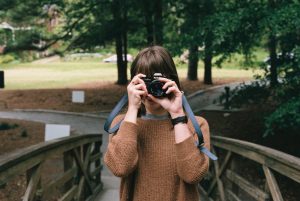
4 Factors for Choosing the Best Camera
Before I get into it, I’ve considered four factors when researching my top picks, and they are price, quality, ease of use and portability. Those variables will take a different order of priority depending on your photography experience level, how you travel and what you want to take photos of.
If you’re a beginner photographer, you’ll want to prioritize price and ease of use. If you’re an intrepid explorer, you’ll probably want to focus on portability and quality foremost, whilst also balancing price.
For me, portability is a huge priority. I’ve had bulky cameras that, unfortunately, lived most of their life in my desk. Since purchasing a mirrorless camera (Nikon Z6), it now fits comfortably in my backpack and I take it everywhere with me, whether that’s on a casual meander to a Japanese garden or when hiking.
Think about why you want to take photos, and then tailor the camera to you. Hopefully you’ll find something that suits your needs below.
With that covered, let’s get into it!
Top Travel Cameras in 2020
The Great Beginner All-Rounder Travel Camera: Panasonic Lumix ZS70 (TZ90)
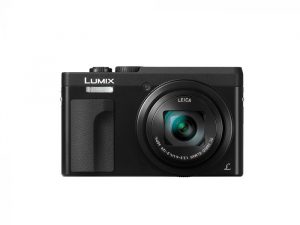
I want to talk about this camera first because it’s pretty good at everything. It’s tiny, so it nestles easily in your pocket, bag or backpack. It weights very little, so it’s not a burden to carry around. It has a long battery life, so you don’t have to worry about running out of charge, and the flip LCD screen means that you can easily take selfies and vlog about you travels. I also really love the super zoom capability, so you can take excellent photos from afar. Coming in at a very affordable price, it’s not the greatest in terms of image quality, but it’s a decent step above a phone camera.
If you’re a beginner photographer and you want to share your photos on social media or your website, or even if you want them printed, this camera can do that for you.
Price: Affordable, from US$300
Weight: 332 grams (including battery and SD card)
Zoom: 30x optical zoom
Battery: 380 shots
For the Rugged Explorer and Underwater Adventurer: Olympus Tough TG5
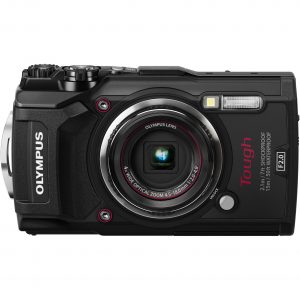
We all travel differently, so for adventurers that need a camera to keep up with them I recommend the Olympus Tough TG5. This thing is sturdy: it can withstand weight of 220lb (100kg), it’s shock proof to 7ft (2.1 meters), it can be used in temperatures as low as 14 F (-10°C), and it’s waterproof to 50ft (15 meters). For hikers, it’s got a built in GPS, thermometer and compass, and a tracking mode so you can associate a route with a set of photos and videos.
One of my favorite things about this camera is the macro capabilities; in other words, it can act like a microscope and you can take close-up photos of sea life, flowers and insects. Unfortunately it doesn’t have any powerful zoom capabilities like the Panasonic Lumix ZS70, but if you don’t really need that it’s not a huge problem.
Price: Affordable, from US$400
Weight: 250 grams
Zoom: 20-100mm (no super zoom capabilities)
Battery: 340 shots
For the Traveler Searching for High Quality mixed with Portability: Sony a6000
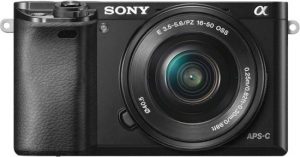
The Sony a6000 is regularly featured on various recommended camera lists, and it’s easy to see why. Despite the inexpensive cost, it produces very high quality images combined with a very small frame.
Whilst the earlier two cameras I discussed are compact cameras, the Sony a6000 is actually a mirrorless camera. The difference is that mirrorless cameras have better sensors (meaning higher quality images) and allow interchangeable lenses.
The introduction of interchangeable lenses means that you can now choose any lense from the E-mount range suitable for your type of photography. Generally the Sony a6000 will come with a kit lens (16-50mm) but if you needed something, for example, with better zoom capabilities, you could choose the 70-300mm and put that on your camera instead.
This camera is not selfie or vlogger friendly, but is more aimed towards hobbyist photographers that need something strong and capable without taking up too much space.
Price: From US$400
Weight: 344 grams
Lens: Interchangeable lenses from the Sony E range
Battery: 310 shots
Small, User-Friendly Travel Camera that Packs a Punch: Canon EOS M200

Canon EOS M200 is a very small camera that can keep up with whatever you need. Similar to the Sony a6000, it’s a small camera allowing interchangeable lenses. However, the main difference between these two cameras is that the EOS M200 is lighter, has better video quality, has a touchscreen, and has better selfie and vlogging capabilities. It comes in at a higher price range than the Sony, but the extra features might be worth it. This camera was also voted the most easy-to-use camera for 2020 on DP Review, which an excellent accomplishment!
Price: From US$600
Weight: 299 grams
Lens: Interchangeable from the Canon EF mount range
Battery: 315 shots
An All-Rounder Travel Camera with Brilliant Quality: Nikon D3500
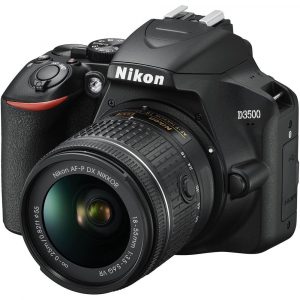
The Nikon D3500 is a very cute and very powerful little DSLR suitable for most types of travel. I have personally used this camera in the past, and was taken aback by the quality and just how small it is! It allows interchangeable lenses from the Nikon F mount range, so whether you’re shooting wide landscapes, portraits, street photography or nature, there’s every type of lens you could possibly need.
What I love the most about this camera is the insane battery life at 1550 shots (that’s huge!) as well as the in-built Guide Mode, which is an excellent feature for beginner photographers.
Price: From US$650
Weight: 365 grams
Lens: Interchangeable from the Nikon F mount range
Battery: 1,550 shots
Documenting your experiences, especially in the form of photos, is an important part of travel. When first starting out in travel photography, choosing the right camera can feel daunting. These are just five cameras amongst the thousands out there, so if you’ve come across something else that piques your interest, I’m more than happy to talk about it with you! Send me a message on Instagram @lisainjapan and let’s talk about it!

